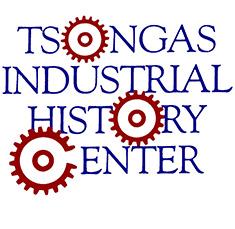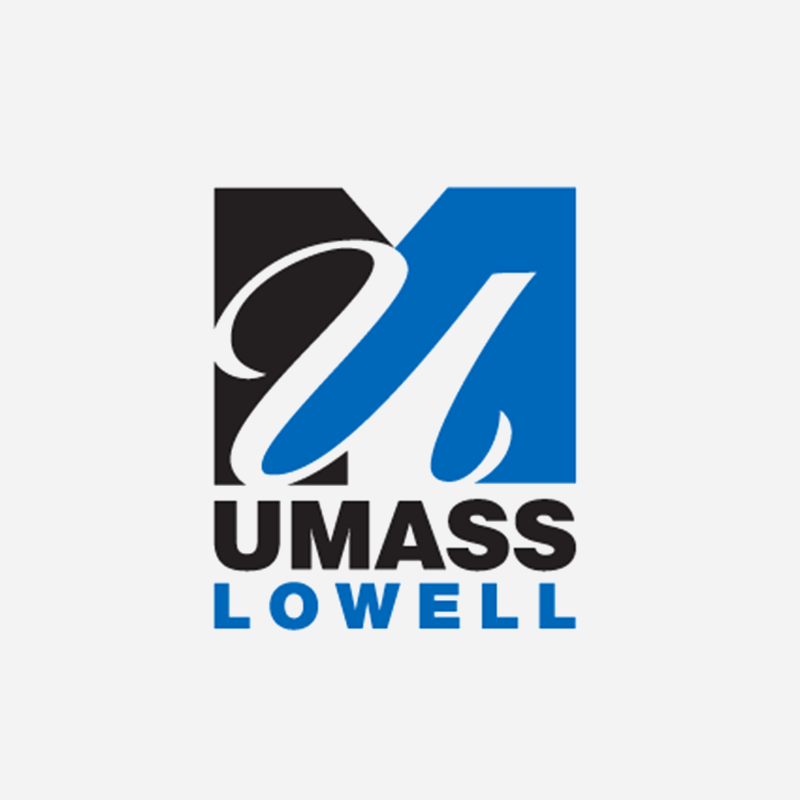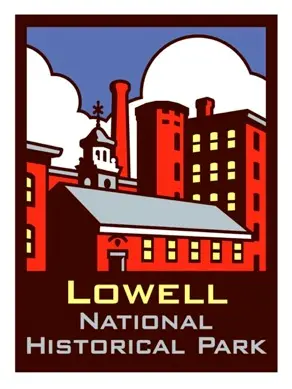Images
In their school work, especially in their history and social science classes, students routinely encounter images of various kinds--photographs, paintings, drawings, and many other visual depictions of people, places, and events. This activity, "Interpreting Historical Images," helps students in any content area "see" more and consequently learn more from any image they study.
Interpreting Historical Images
First Impressions
- What are your first impressions?
- Who is in the image?
- What is happening in the image?
- What objects, animals, or structures are in the image?
- What details most catch your eye?
- If the image is a photograph, what might have been just outside its frame?
- If the image is not a photograph, how was it created? (painted, drawn, etc.)
- Does the image have a caption or include any other words?
- What do you think was the original purpose of this image?
- Who would have seen this image originally?
- What can you tell about the feelings of any people in the image?
- If the image is a photograph, what clues help you guess when it was taken? (season, decade or century, etc.)
- For what occasion do you think this photograph was taken?
- Why did the photographer choose this particular set-up (pose, angle, view, arrangement, lighting, location, etc.)?
Thinking Further
- What does the image suggest?
- What important information is not conveyed by the image?
- What questions do you have about the image?
- If the image is a photograph, what do you think was happening fifteen minutes before the photograph was taken? Fifteen minutes after?
- What important information is not conveyed by the photograph?
- If you cropped this picture, what different story could you make it tell?
Image-Reading Activity
- Study the image for one minute; then cover it. List everything you remember.
- Divide the image into a 3x3 grid of nine imaginary sections. Examine each individually. Correct any mistakes in your original list and list any additions.
- Look at the whole image again. Analyze it, using the questions above as a guide. Remember that images are limited. Photographs, for example, show only one split second of time. You need additional sources to verify your hunches as to what an image depicts.
Here are some sample pictures to use in your classroom:


